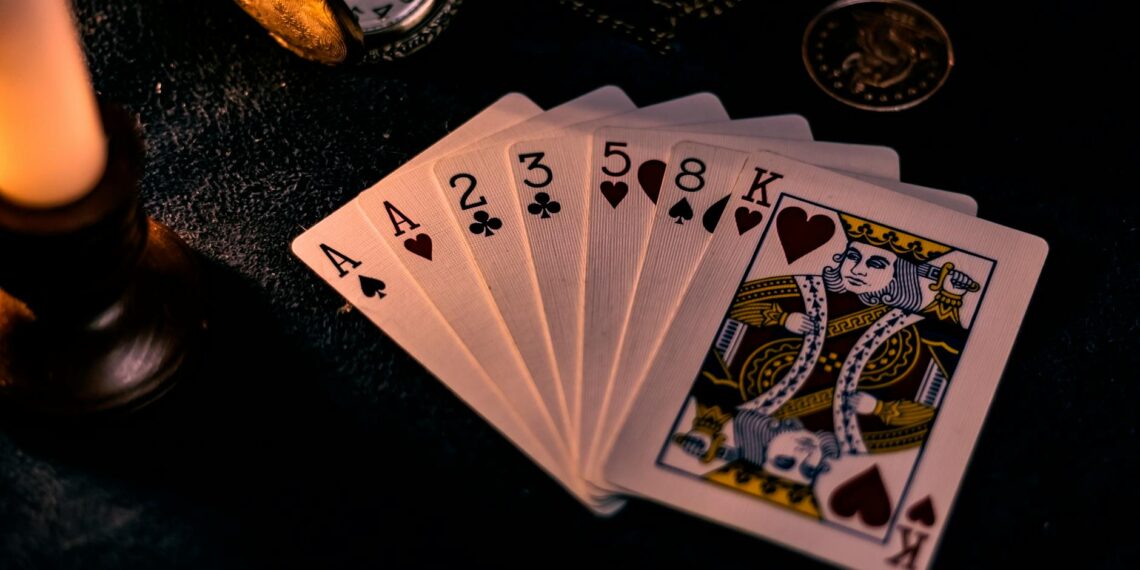In the context of coinage, a burnished coin refers to a coin with a distinctive matte or satin-like finish. This unique appearance is achieved through a special minting process where the coin blanks (or planchets) are polished before being struck.
This process involves:
- Polished Blanks: Metal blanks (often gold, silver, or platinum) are tumbled with polishing media to create a smooth, even, satiny surface.
- Special Handling: The polished blanks are handled carefully to prevent damage or contamination.
- Striking the Coin: The polished blanks are then struck by specially prepared dies.
- Resulting Finish: The outcome is a coin with a smooth, matte-like finish, distinct from proof or standard uncirculated coins.
- Distinctive Appearance: They have a softer luster compared to the reflective surface of proof or brilliant uncirculated coins.
- Limited Mintage: Burnished coins are often produced in smaller quantities, making them desirable to collectors. This is partly due to the more labor-intensive production.
- Collector Appeal: Collectors and investors value their unique look, quality, and historical significance.
- “W” Mint Mark: U.S. Mint Burnished Eagle coins are made at the West Point Mint and have a “W” mintmark.
The U.S. Mint labels burnished coins as “uncirculated coins” due to the specialized process, while the numismatic community commonly uses the term “burnished” for the finish achieved by polishing the blanks.










